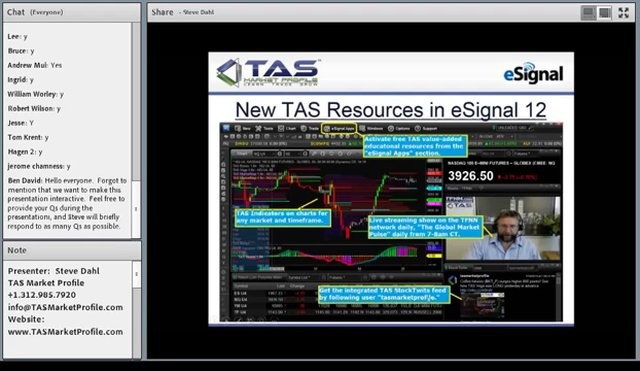What Do Futures Really Tell Us RealTime Advice
Post on: 16 Март, 2015 No Comment

By Sarah Morgan
The wild swings of the past week have kept many investors tracking market news a lot more closely than they usually do, and the first round of headlines every morning often focus on futures. But whether theyre up or theyre down, what do stock futures really tell us?
Getty Images
Futures essentially give investors a preview of whats likely to happen when the U.S. stock markets open at 9:30 EST. If futures are up 1% its an indication that the market should open 1% higher, says Paul Nolte, the managing director of Dearborn Partners.
The original futures were developed as a way for farmers to lock in a reasonable price now for crops theyll harvest later, says Brian Overby, an options analyst for TradeKing. Two parties negotiate a price for a product at some point in the future. They dont exchange the money then, but (unlike an option) theyre obligated to make the trade at the negotiated price on that date, Overby says. The price of a stock-index future is generally very close to the price of the actual index, and because these futures start trading before the stock market opens, they give an early indication of what should happen when it does, he says.
Under normal market conditions, the opening moves of the S&P 500 should follow what index futures have done almost exactly. Thursday morning, however, the picture was a little cloudier. When I looked 6:00 central time, futures were pointing to maybe a 100-point gain, Nolte says. When I got to the office at 7:30, before the jobless claims numbers, we were down 100. About 10 minutes before the open, futures were indicating up 100. So in the span of about two hours we went from up 100 to down 100 and back again, he says. That doesnt mean futures were wrong, Overby says. It just shows that, like the action during normal trading hours, pre-market trading has been more volatile than usual, he says.

Even at the best of times, however, futures only give you a snapshot of that moments market sentiment, says Kevin Mahn, the chief investment officer for Hennion & Walsh. All it tells you is the sentiment thats going into the current market from the previous days market, and whatevers been going on overseas, Mahn says. As new information comes out, that sentiment will change, he says. Its one piece of information that can help an investor get a sense of what the market will be doing, but its just one piece of information, he says.
Time to Take Gains? Next
Pros Brace For Another Triple-Digit Day














